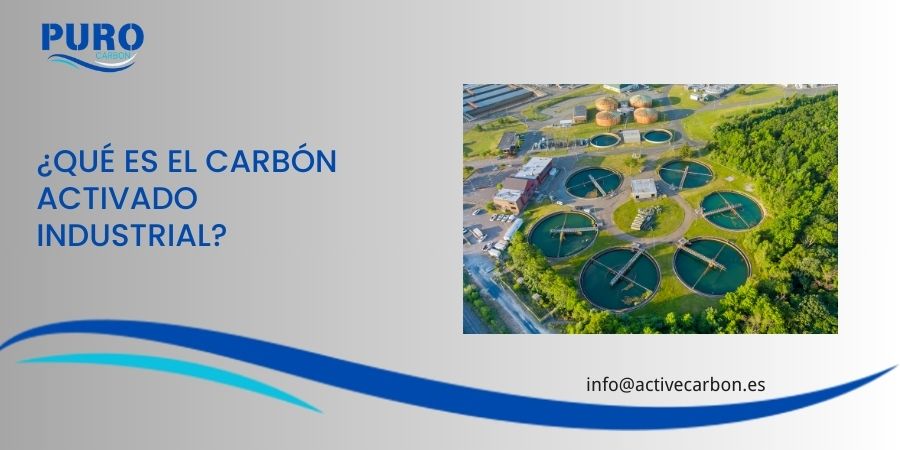Industrial activated carbon is an indispensable material for modern industry and plays a key role in many fields. This unique adsorbent has become a central component of purification, separation and recovery processes due to its excellent properties. In this article, we will take an in-depth look at the definition, production process, properties and wide range of applications of industrial activated carbon.
Industrial Activated Carbon Definition and Basics
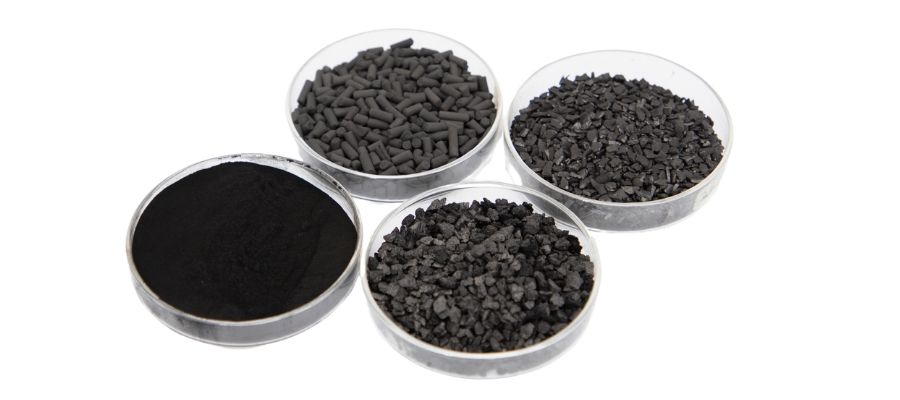
Industrial activated carbon is a highly porous carbon material with a large specific surface area and powerful adsorption capacity. It is produced by activation treatment of various carbonaceous materials, a process that creates a complex internal pore structure that can adsorb a wide range of contaminants in gases and liquids.
The key feature of industrial activated carbon is its developed pore structure, which includes micropores (50 nm). This diversified pore distribution allows it to adsorb molecules of different sizes and types, making it suitable for a variety of industrial applications.
Compared to domestic or commercial activated carbon, industrial activated carbon generally has a higher purity, larger specific surface area and stricter quality control standards to meet complex industrial demands.
Request a QuoteIndustrial Activated Carbon Production Process
The production of industrial activated carbon involves several key steps:
- Selection of raw materialsCommon raw materials include coconut shells, charcoal, wood, etc. Each raw material imparts unique characteristics to the final product.
- CarbonizationThe feedstock is heated to 400-900°C in an oxygen-free environment to remove volatile substances and form the initial carbon structure.
- ActivationPhysical activation is oxidation at temperatures of 800-1000°C using water vapor, carbon dioxide or air. Chemical activation is carried out at lower temperatures using chemical reagents such as phosphoric acid and zinc chloride.
- Cooling and washingThe activated product is cooled and washed to remove residues.
- Sifting and gradingActivated carbon is classified into different sizes and shapes according to different application requirements.
- Quality controlRigorous testing is performed to ensure that the product meets industry standards.
At PuroCarbon S.L., with more than 18 years of experience in the production of activated carbon, we can offer a variety of high quality industrial activated carbons, including coconut shell activated carbon, carbon-based activated carbon y activated wood charcoalamong others.
Characteristics and Properties of Industrial Activated Carbon
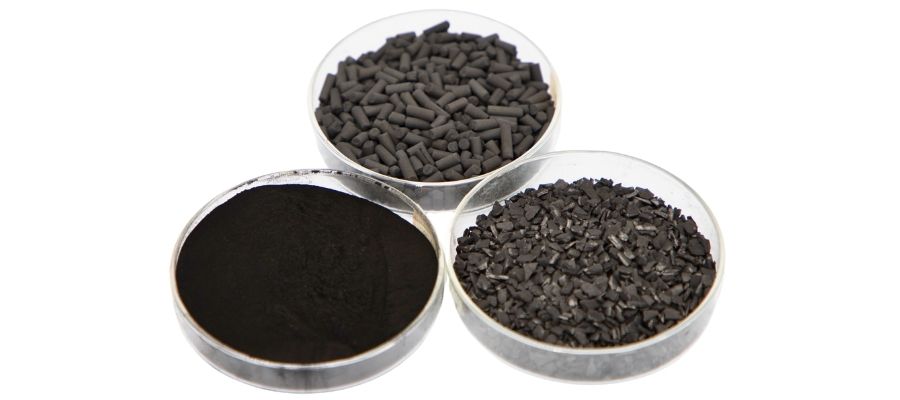
Industrial activated carbon possesses several key characteristics that make it excel in industrial applications:
- High specific surface areaGenerally between 500-2500 m²/g, providing a large number of adsorption sites.
- Diversified pore structureSuitable for the adsorption of molecules of different sizes.
- Chemical stabilityMaintains stability in most environments, suitable for various applications.
- Thermal stabilityCapable of maintaining performance in high temperature conditions.
- RegenerabilityMany types of industrial activated carbon can be regenerated and reused by thermal or chemical methods.
- High adsorption capacityCan effectively remove various contaminants, including organic compounds, heavy metals, etc.
- Selective adsorptionSome specially treated activated carbons can perform selective adsorption of specific pollutants.
- Mechanical resistanceEspecially granular and pelletized activated carbons have good mechanical resistance, suitable for continuous flow systems.
These characteristics make industrial activated carbon an ideal choice for purification and separation processes. At PuroCarbon S.L., we offer activated carbon in various forms, including activated carbon pellets, powdered activated carbon y granular activated carbonto meet the needs of different industrial applications.
Request a QuoteIndustrial Activated Carbon Application Areas
Industrial activated carbon plays an important role in numerous fields:
Water treatment
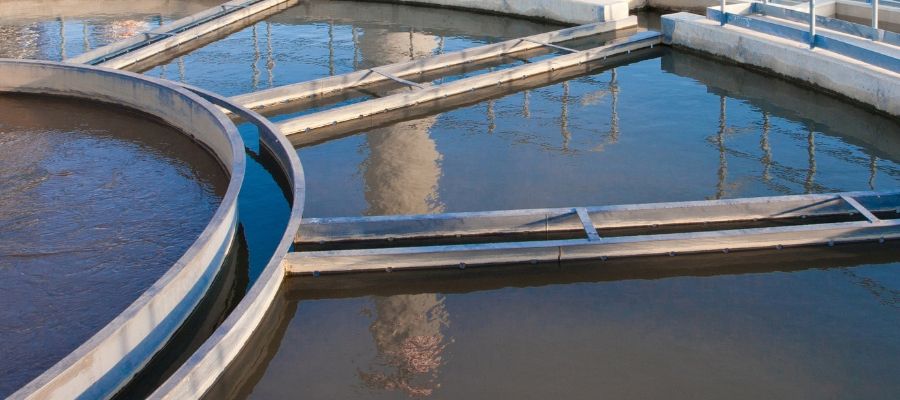
- Municipal water treatment: Removal of organic contaminants, chlorine, odors, etc. from water.
- Industrial wastewater treatment: Removal of heavy metals, organic solvents and other pollutants.
- Groundwater remediation: Adsorption of contaminants in soil and groundwater.
Air purification
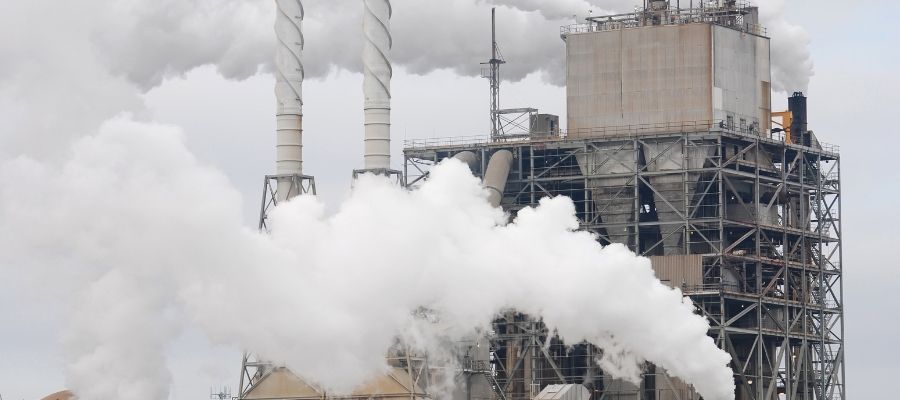
- Industrial waste gas treatment: removal of volatile organic compounds (VOCs), sulfur compounds, etc.
- Indoor air purification: Elimination of harmful gases such as formaldehyde, benzene, etc.
Food and beverage industry

- Discoloration: Used for discoloration of syrups, vegetable oils, etc.
- Odor elimination: Elimination of unwanted tastes and odors.
Pharmaceutical industry
- Purification of medicines: Removal of impurities and colors.
- Medical equipment: Used in gas masks, dialysis equipment, etc.
Chemical industry
- Catalyst support: As a carrier for various catalytic reactions.
- Solvent recovery: Adsorption and recovery of organic solvents.
Metal extraction

- Gold recovery: Adsorption of dissolved gold in the gold extraction process.
Environmental remediation
- Soil remediation: Adsorption of organic contaminants in soil.
- Oil spill treatment: Adsorption of oil on the water surface.
Automotive industry
- Vapor canisters: Control of fuel evaporation in automobiles.
Electronics industry
- Supercapacitors: As electrode material.
At PuroCarbon S.L., we offer customized solutions for these diverse applications, including specially treated products such as activated carbon for acid washing y impregnated activated carbon to meet specific industrial needs.
Request a QuoteConsiderations for the Selection and Use of Industrial Activated Carbon
The selection of the right industrial activated carbon requires consideration of multiple factors:
- Type of applicationDifferent applications may require different types of activated carbon.
- Nature of contaminantOrganic, inorganic, gaseous or liquid contaminants may require specific activated carbons.
- Treatment conditionsOperating conditions such as temperature, pH, flow rate, etc., will influence the selection.
- Required adsorption capacitySelect the appropriate amount of activated carbon according to the concentration of the pollutant and the volume to be treated.
- Regeneration needsIf multiple use is required, a type of regenerable activated carbon should be selected.
- Economic factorsConsider initial cost, operating costs and possible regeneration costs.
- Environmental impactChoose sustainable and environmentally friendly types of activated carbon.
Correct selection and use can significantly improve the efficiency and economy of the industrial process.
Request a QuoteConclusion
Industrial activated carbon is an indispensable multifunctional material in modern industry, whose unique adsorption properties play a key role in numerous fields. From water treatment to air purification, from chemical separation to environmental remediation, industrial activated carbon has become the ideal choice for solving complex industrial challenges thanks to its efficient, diverse and sustainable characteristics.
If you are looking for efficient and reliable industrial activated carbon products, or need professional technical support, please do not hesitate to contact us. contact us atLet's work together to explore the endless possibilities of industrial activated carbon and bring new vitality to your business!
Frequently Asked Questions
Industrial activated carbon can be regenerated by thermal or chemical regeneration methods to restore its adsorption capacity. Thermal regeneration is generally performed at high temperatures of 800-1000°C, while chemical regeneration uses specific chemical reagents. The regeneration process can extend the life of activated carbon and reduce costs.
Industrial activated carbon itself is an environmentally friendly material, composed mainly of carbon. During use, it can remove environmental pollutants, having a positive impact on the environment. However, saturated activated carbon must be properly treated or regenerated to avoid secondary contamination.
Powdered activated carbon has a faster adsorption rate and is suitable for batch systems. Granular activated carbon is suitable for continuous flow systems and has a lower pressure drop. Pellet activated carbon has higher mechanical strength and is suitable for large-scale industrial applications. The choice depends on the specific needs of the application.
Yes, there are specific food grade activated carbons that meet strict purity and safety standards and can be used in the food and beverage industry. At PuroCarbon S.L., we offer activated carbon products that meet food grade standards.
The quality of industrial activated carbon can be determined through several key indicators, including specific surface area, pore distribution, adsorption capacity, ash content, hardness, etc.
Professional laboratory testing and performance evaluation are key to quality assurance. At PuroCarbon S.L., we perform strict quality control on all our products to ensure that they meet the specific needs of our customers.
